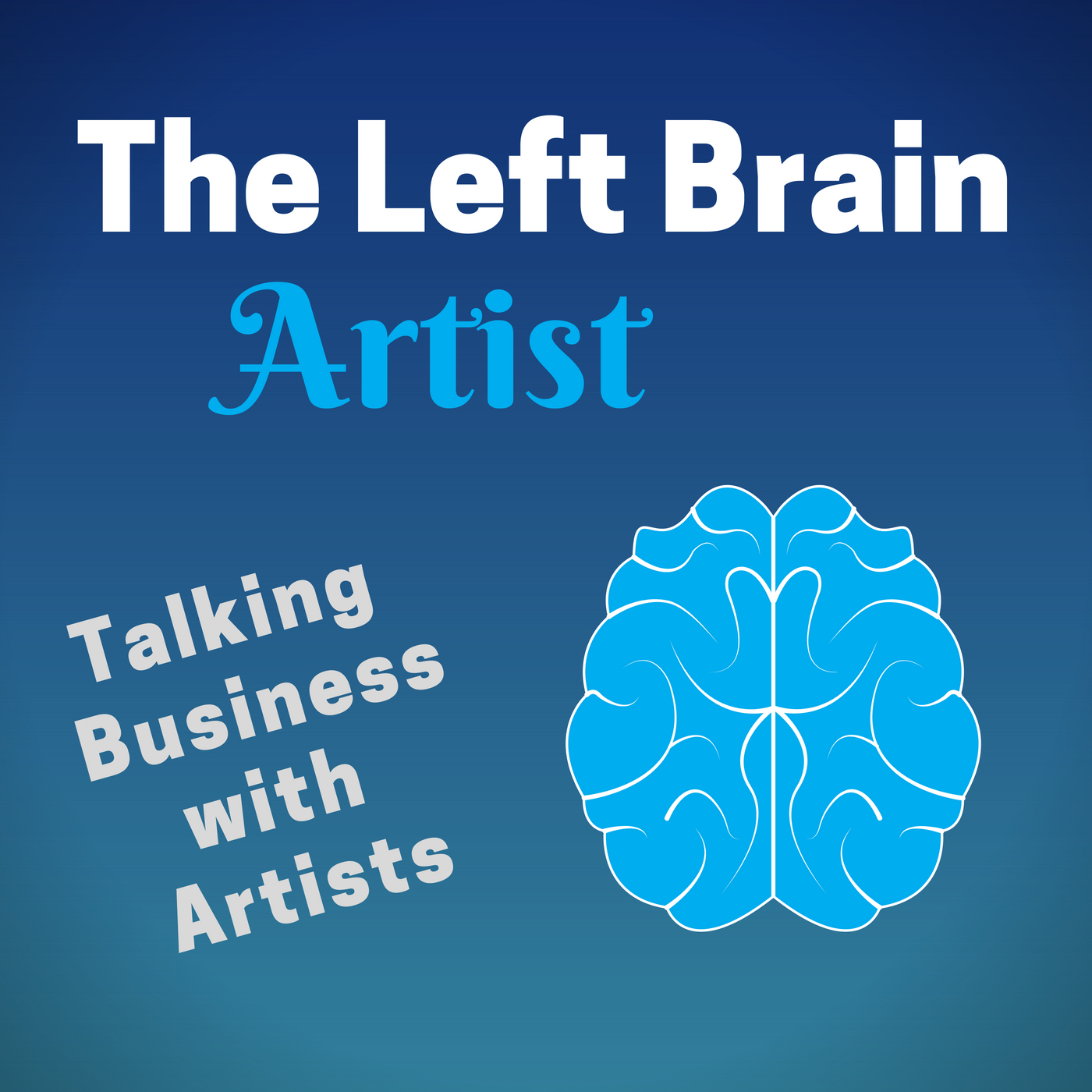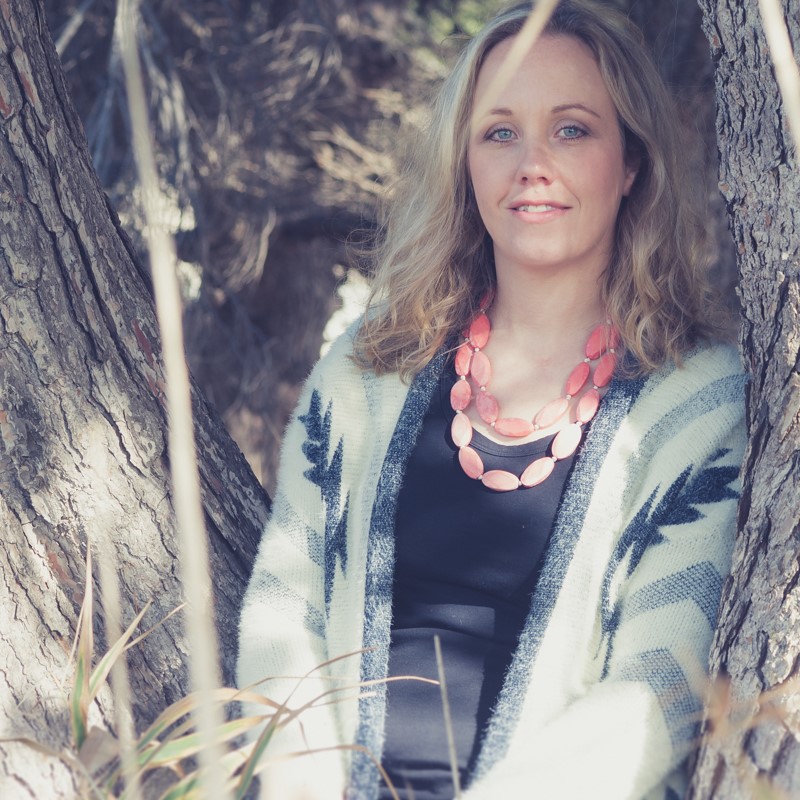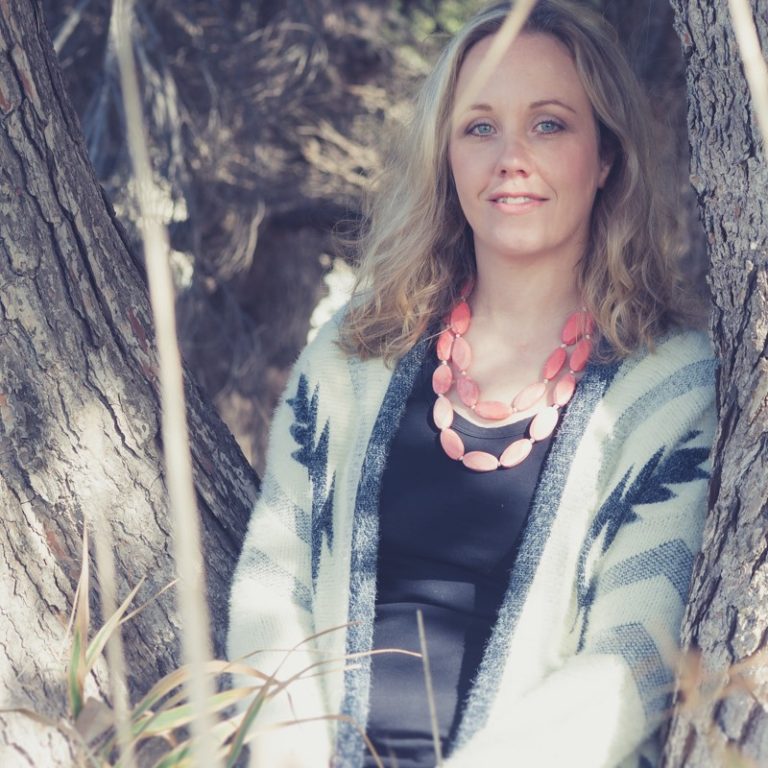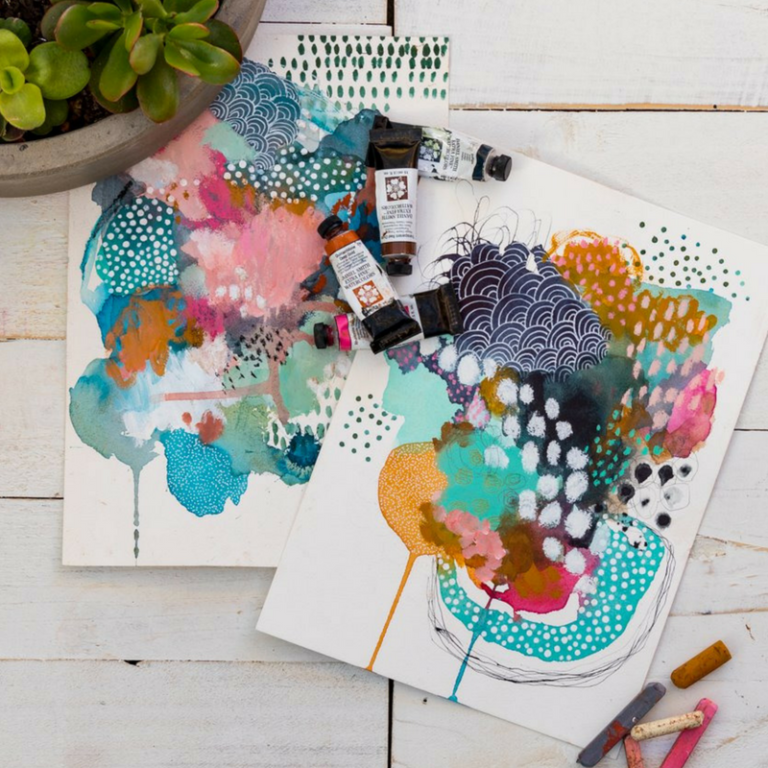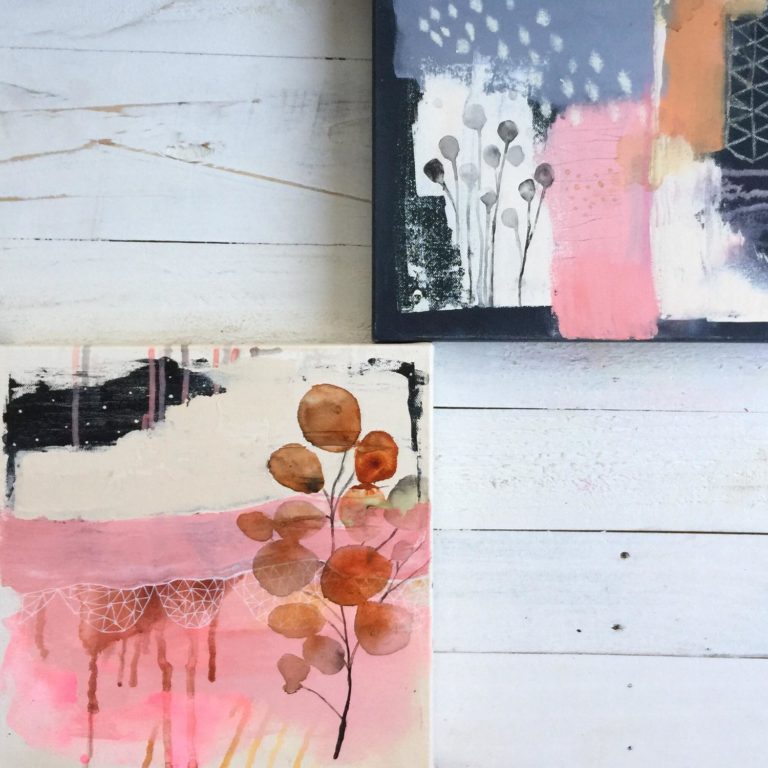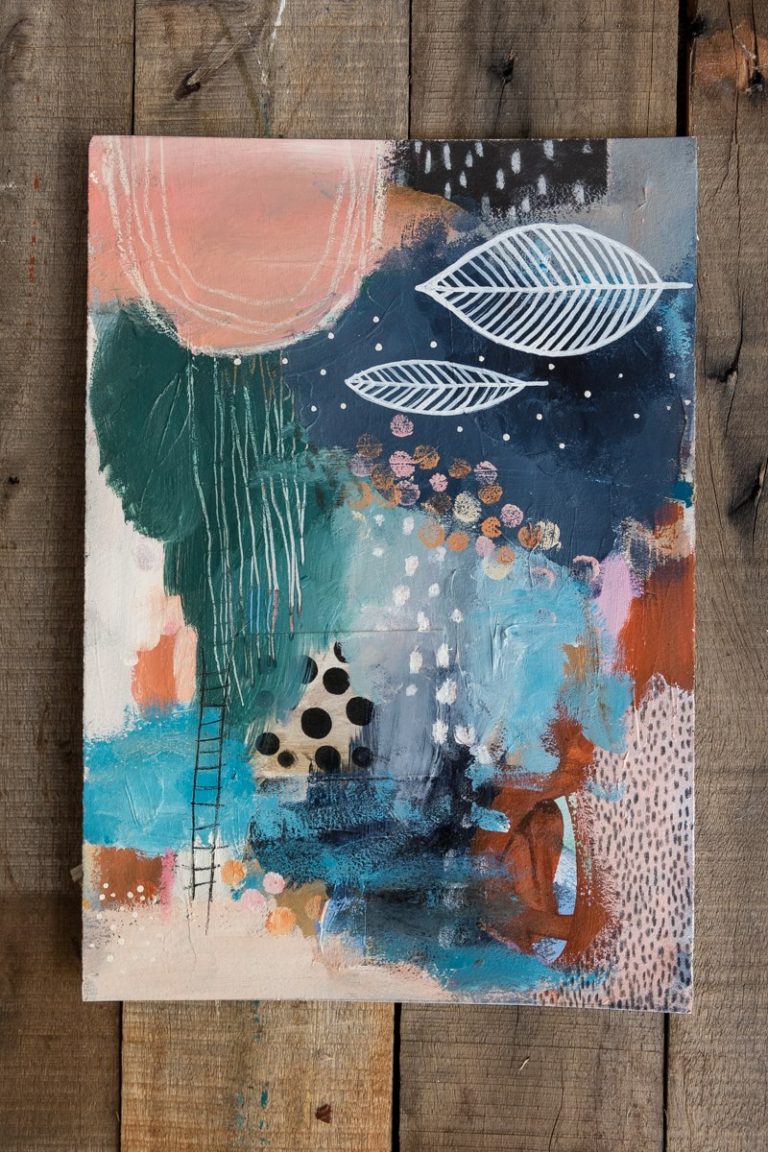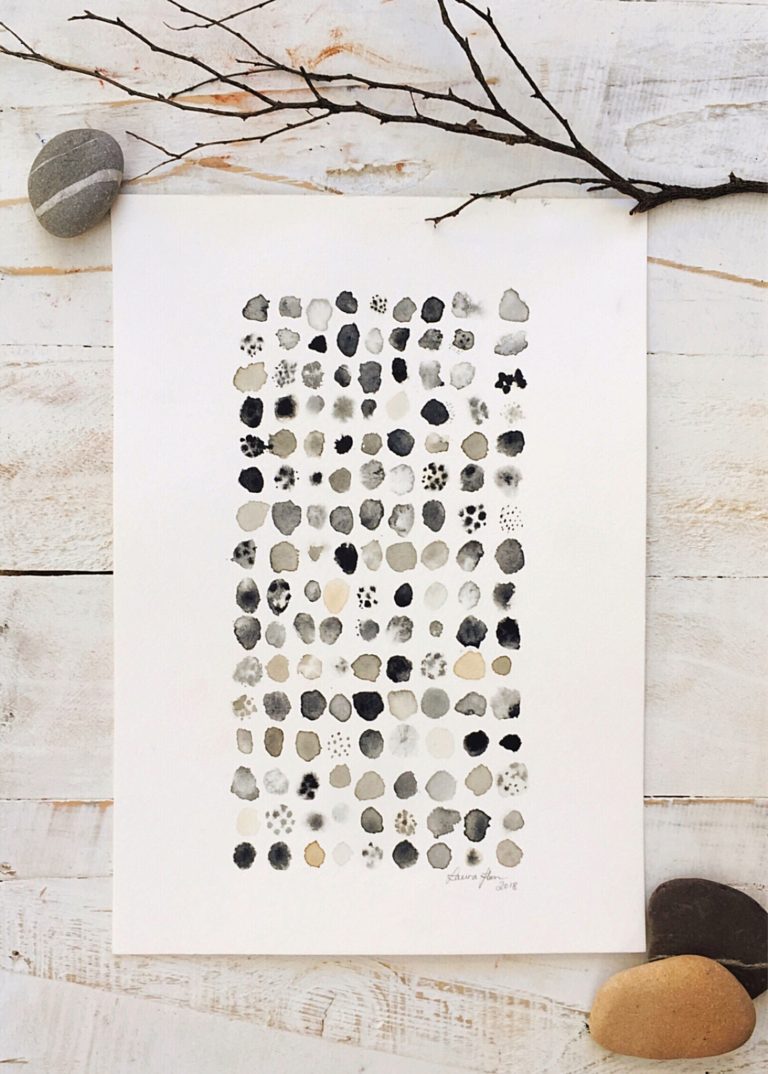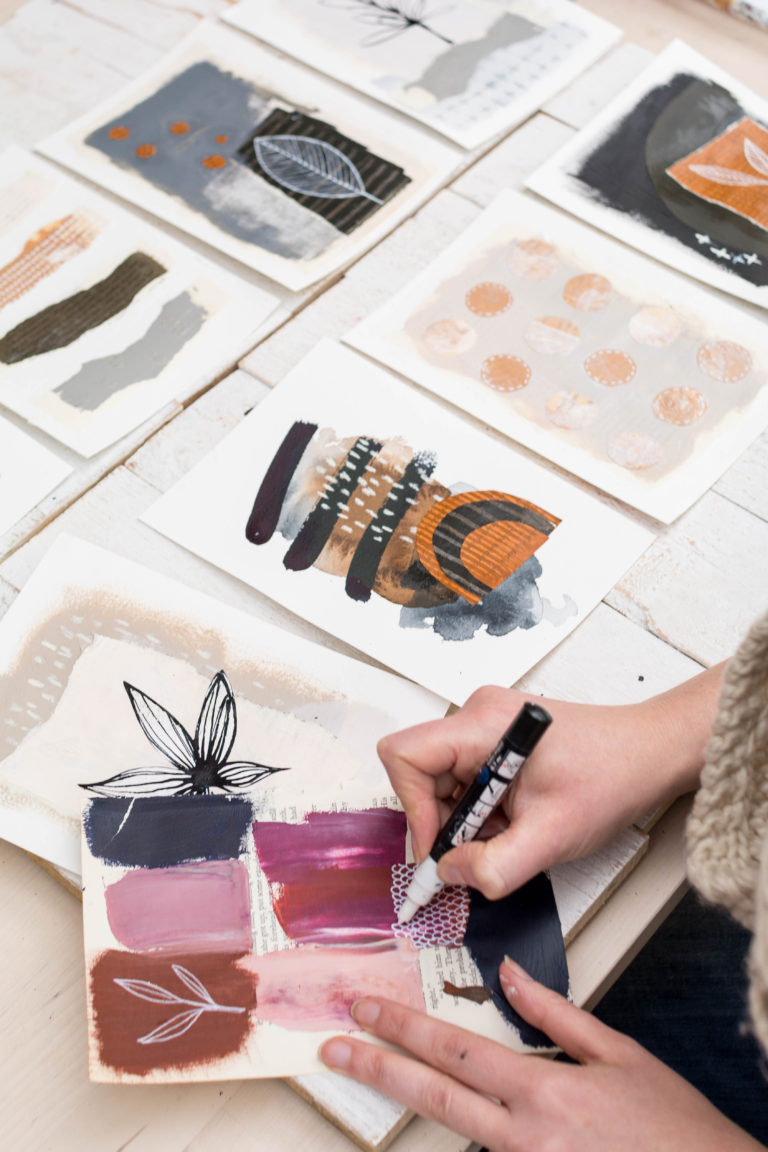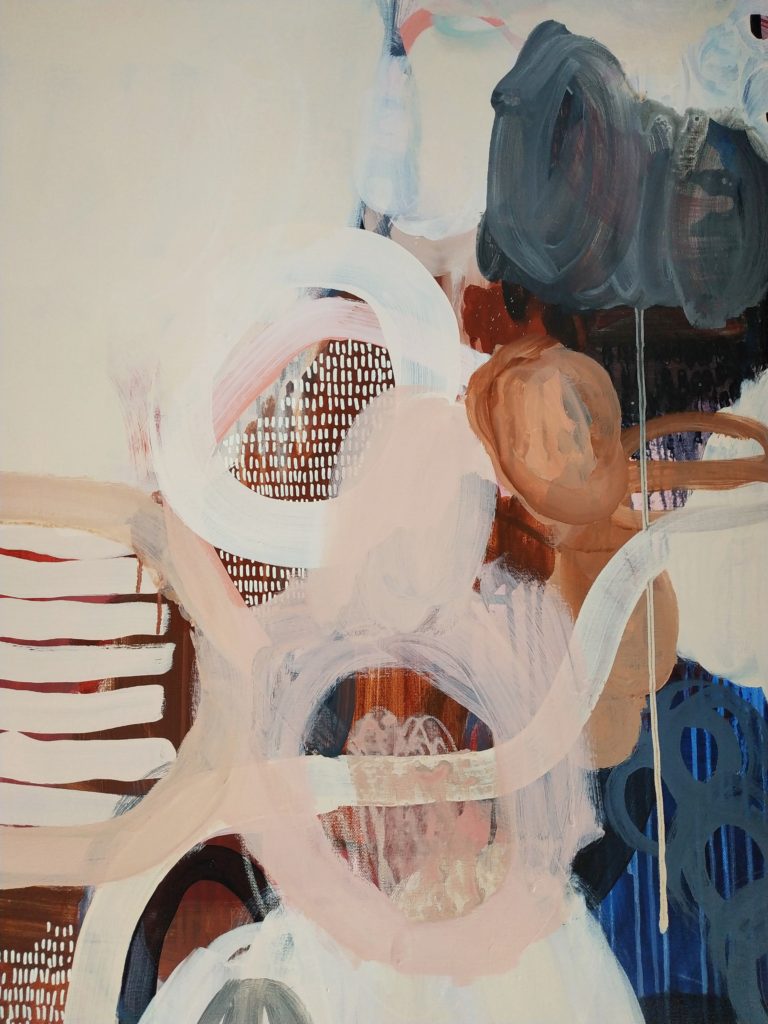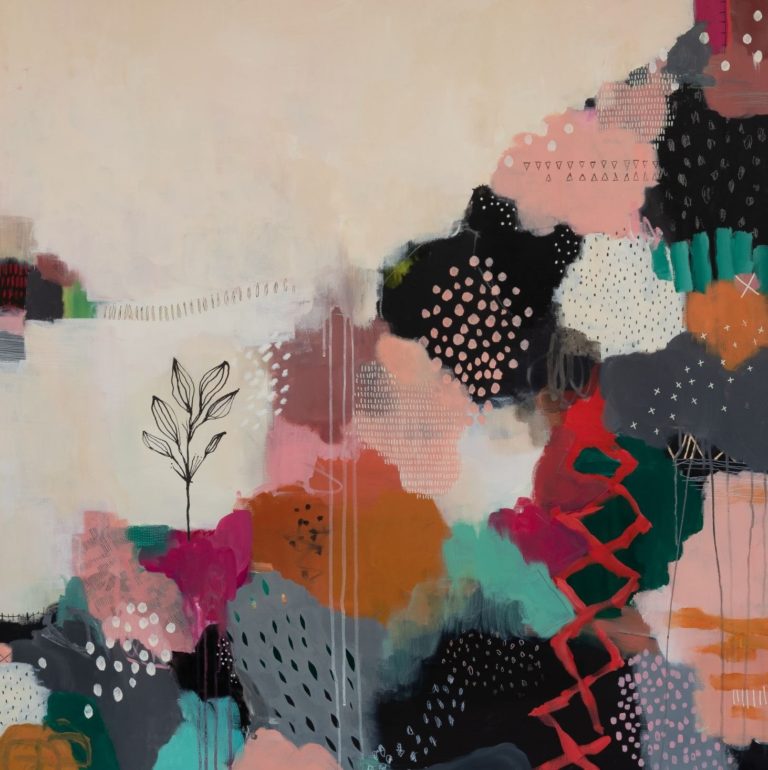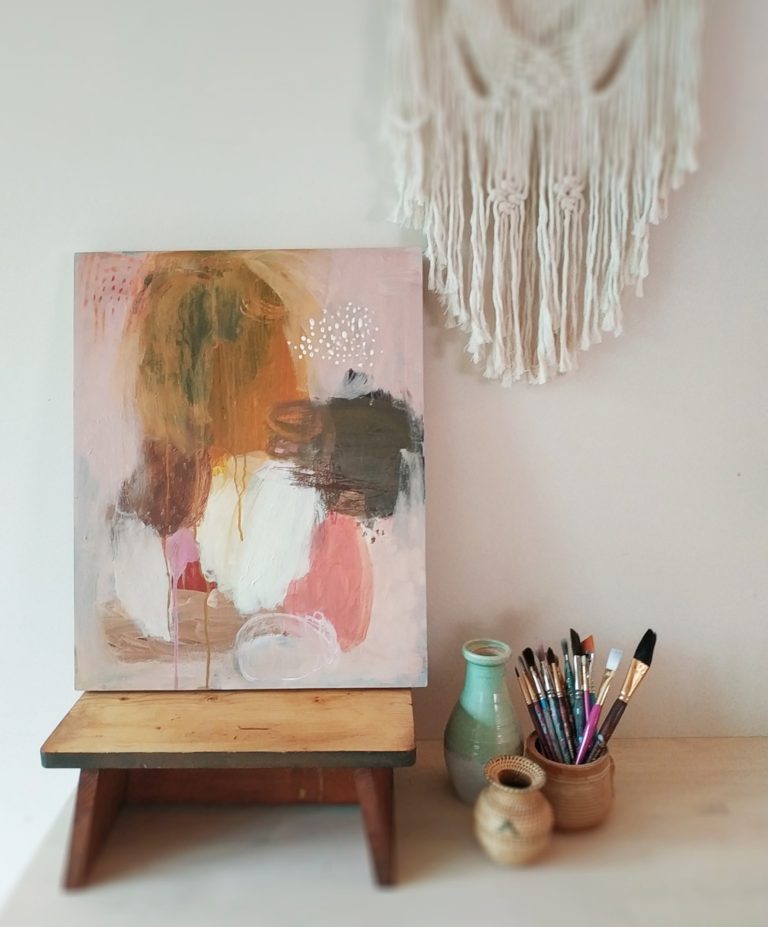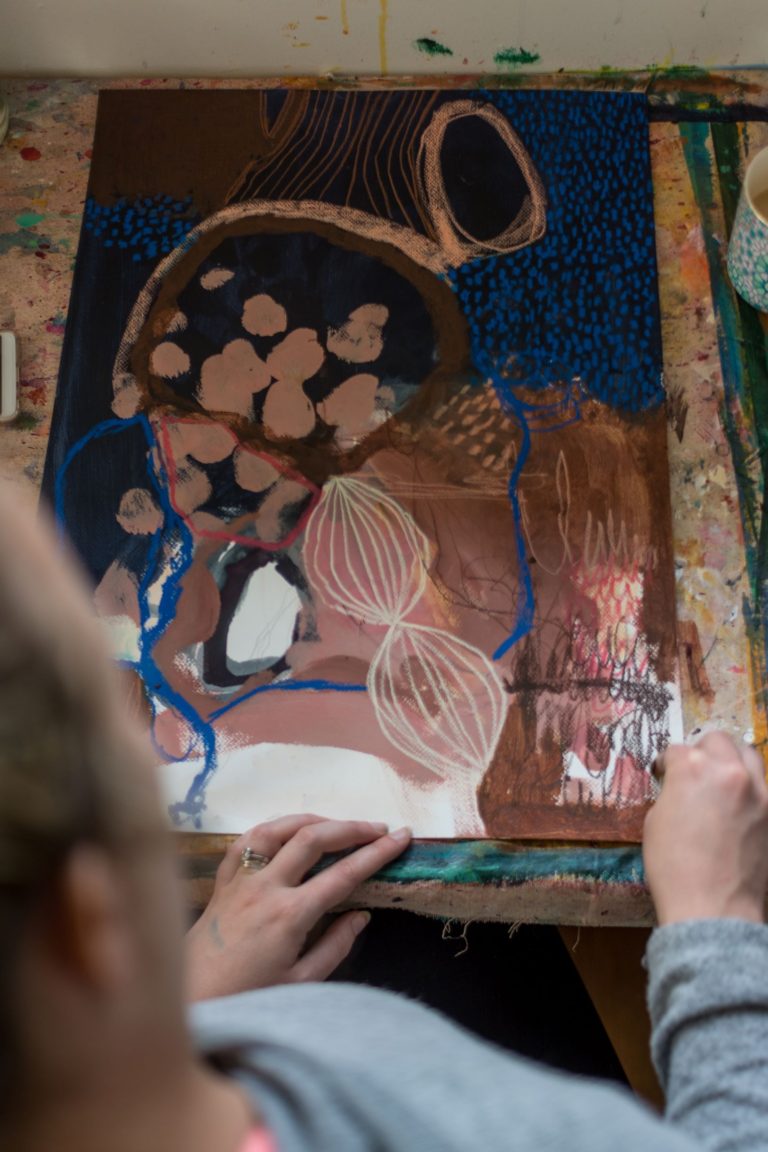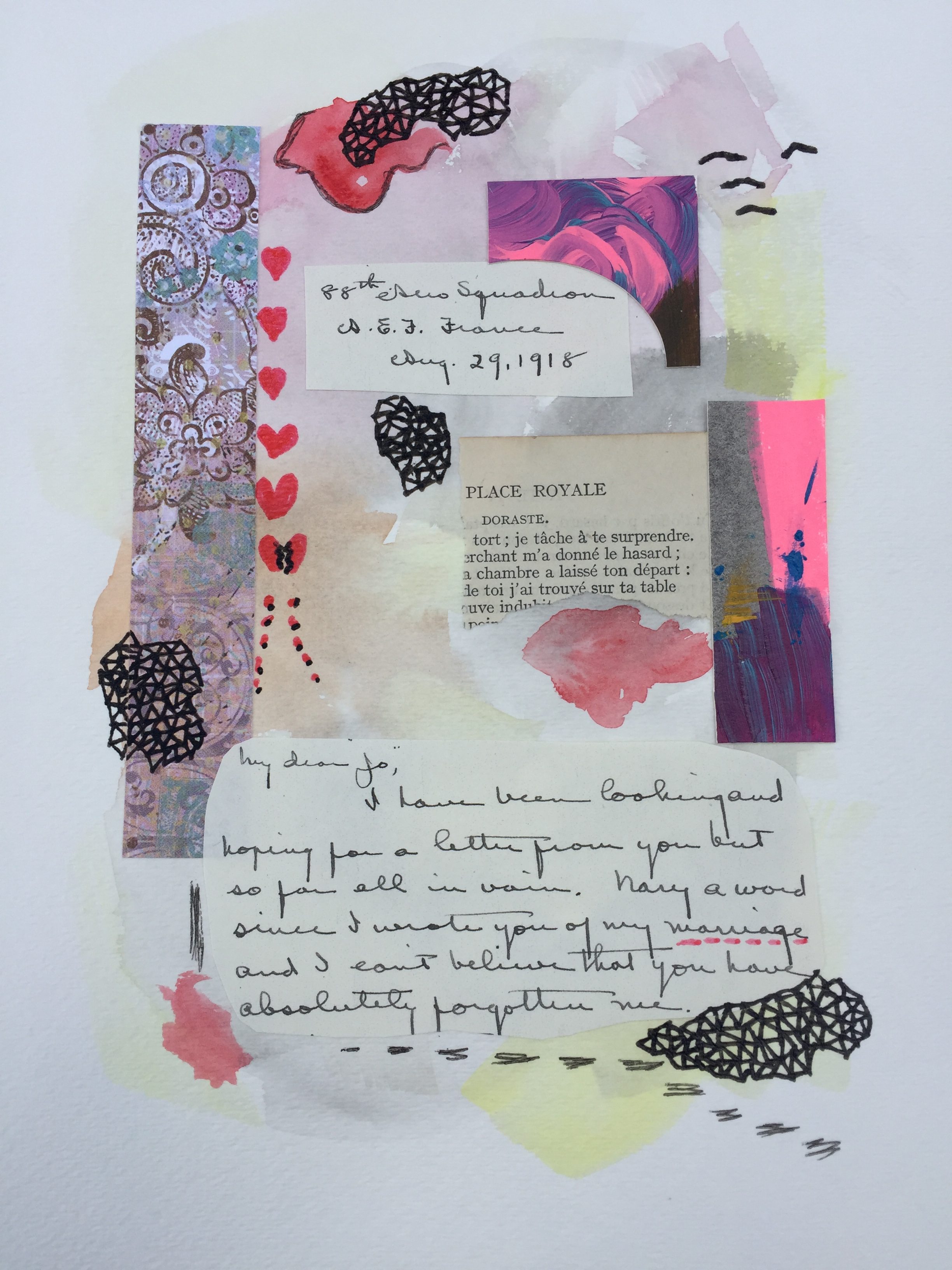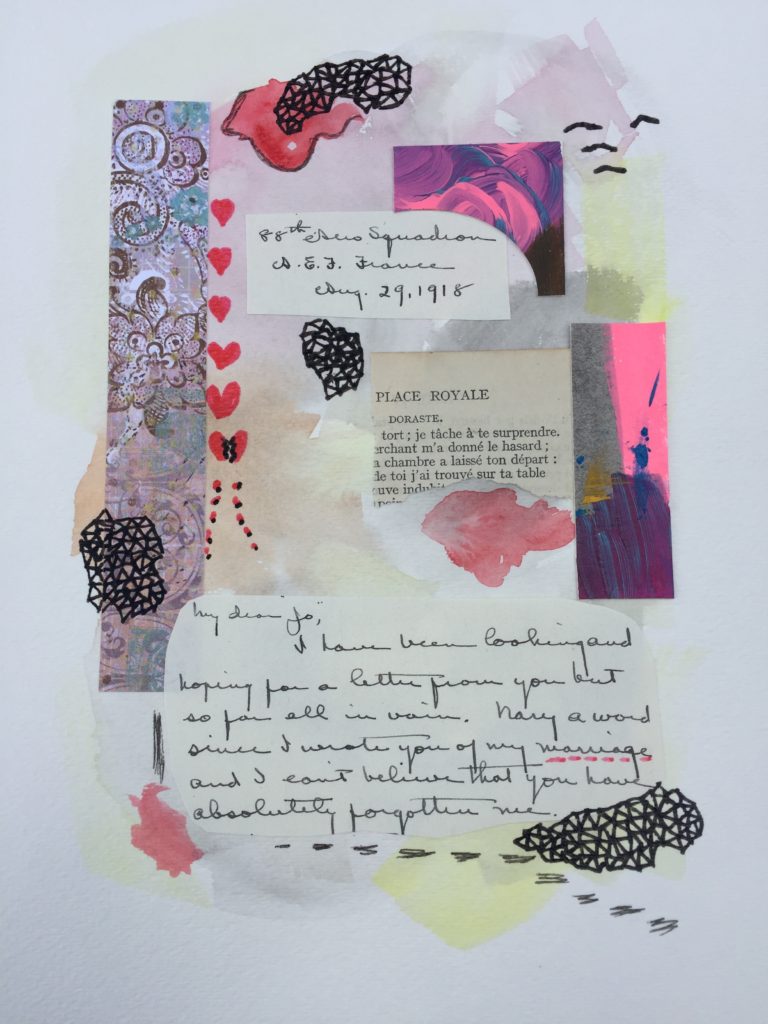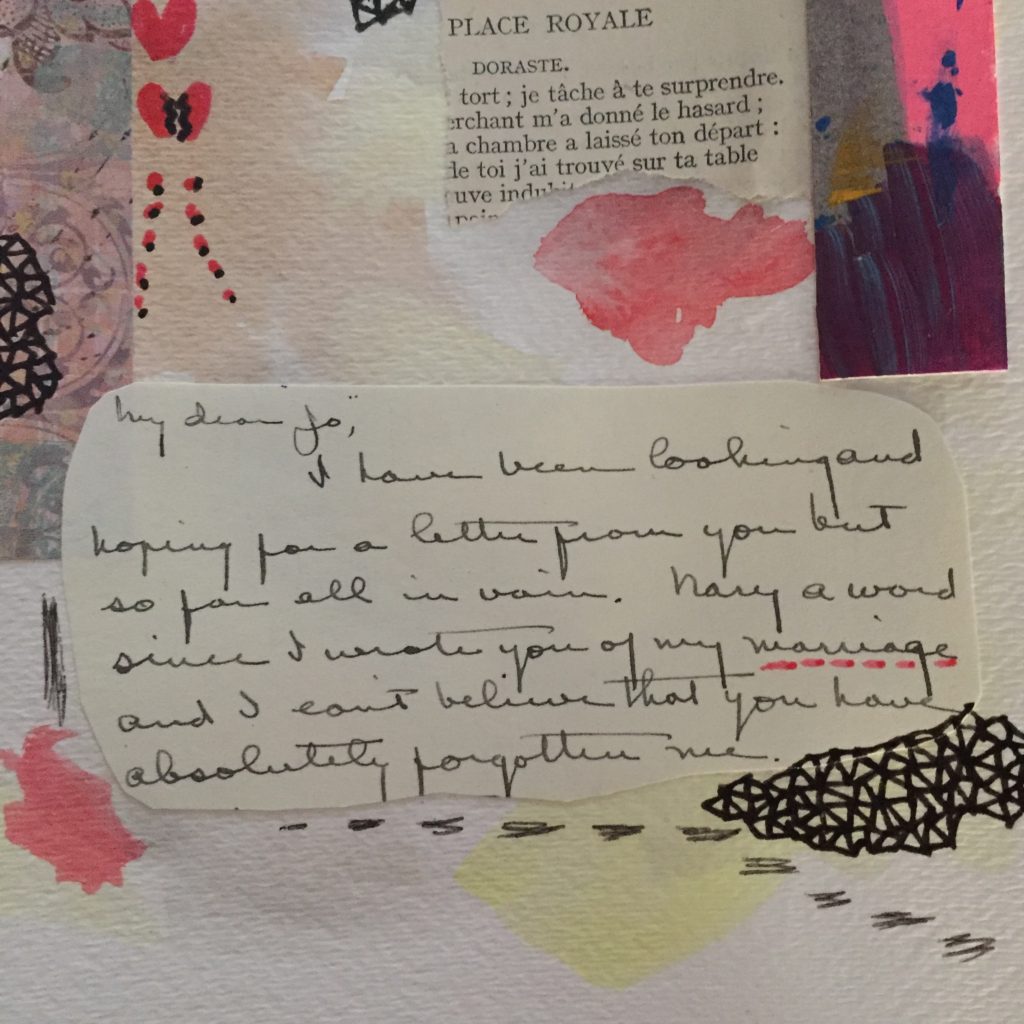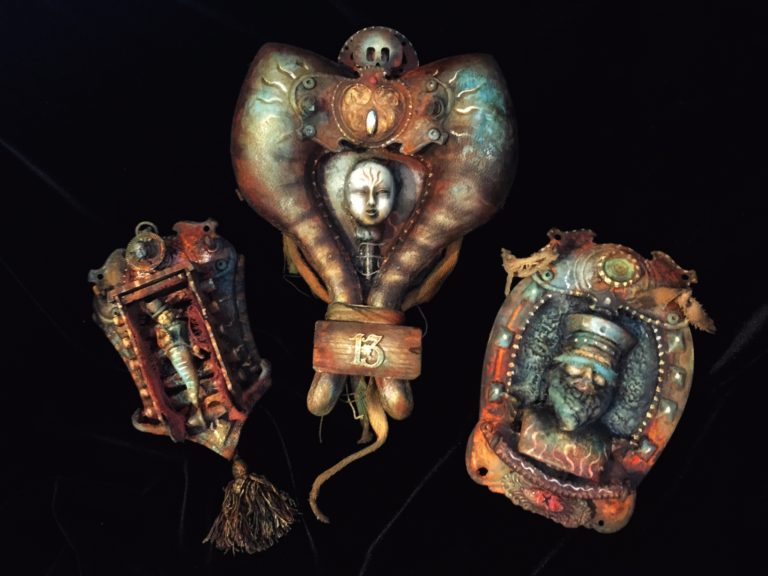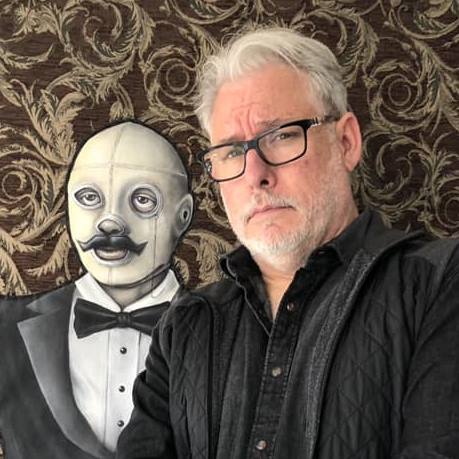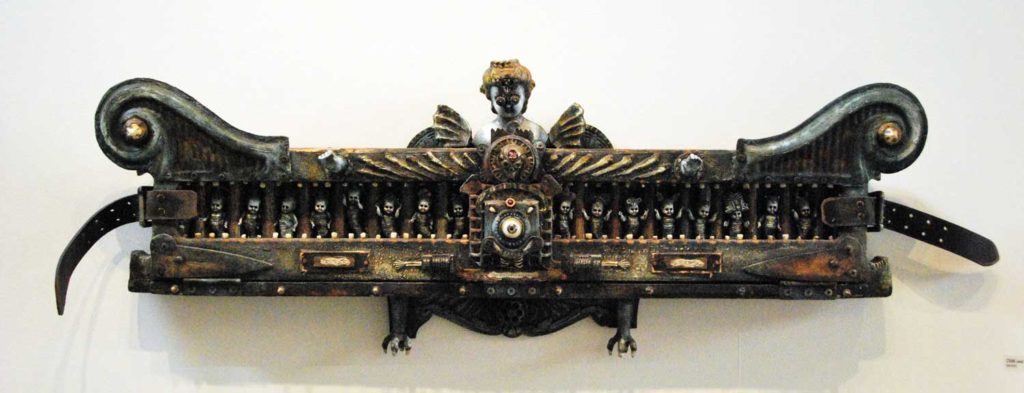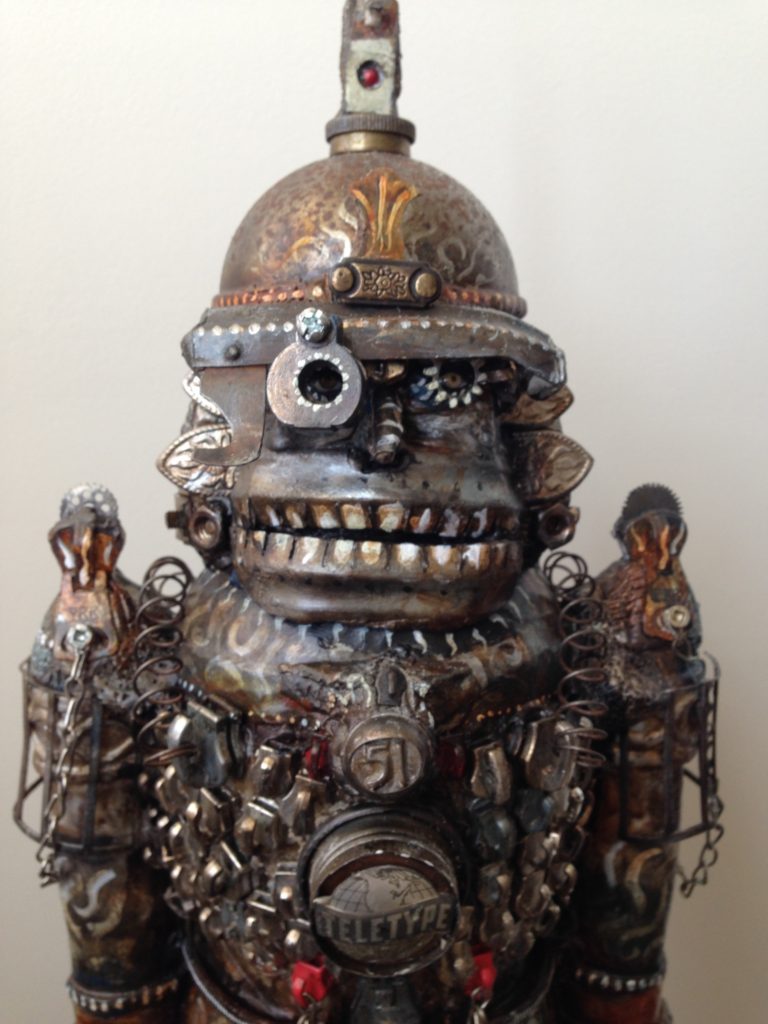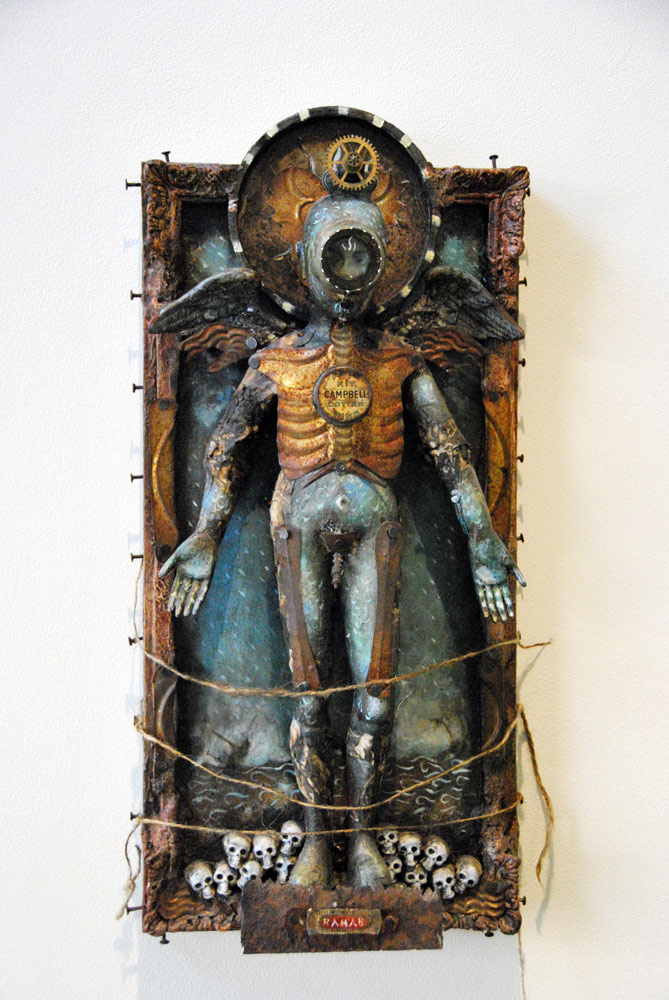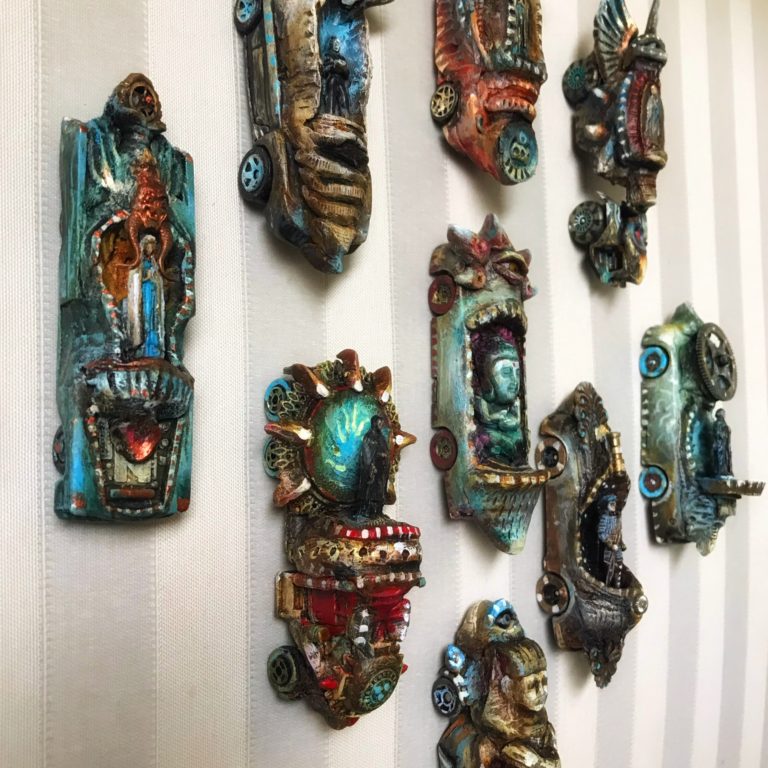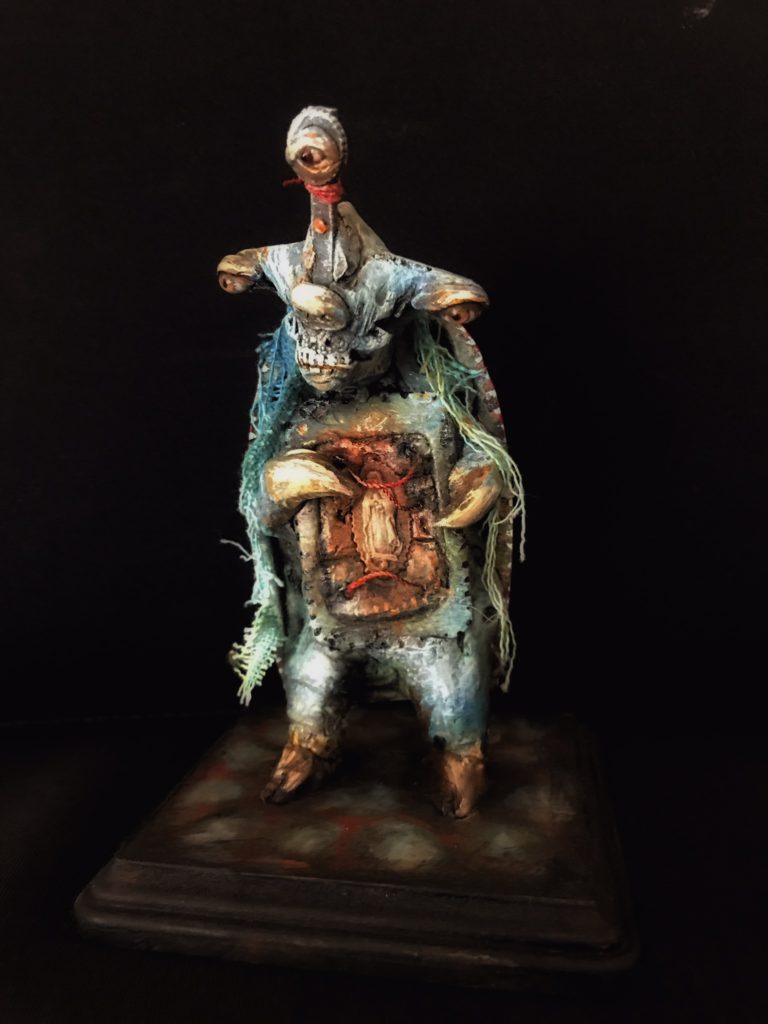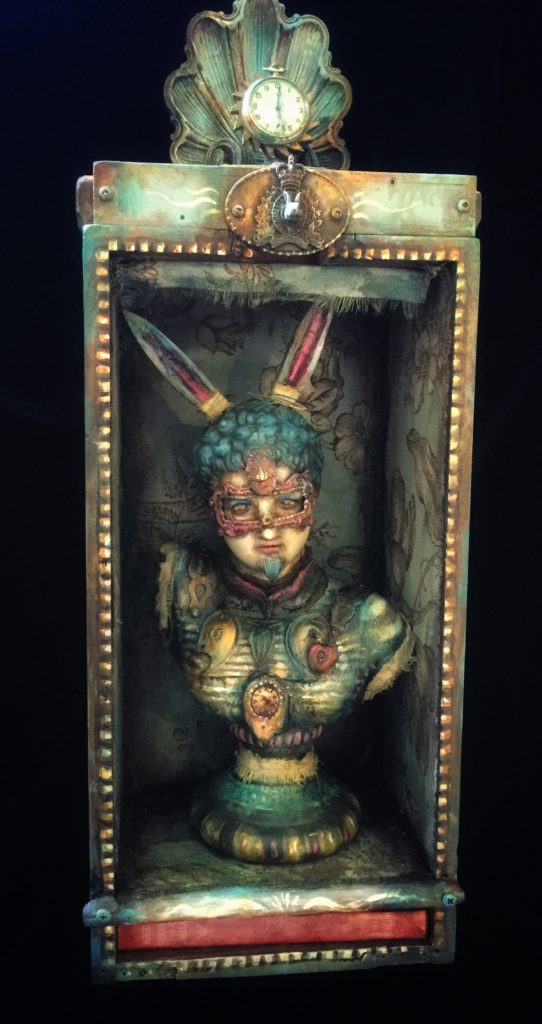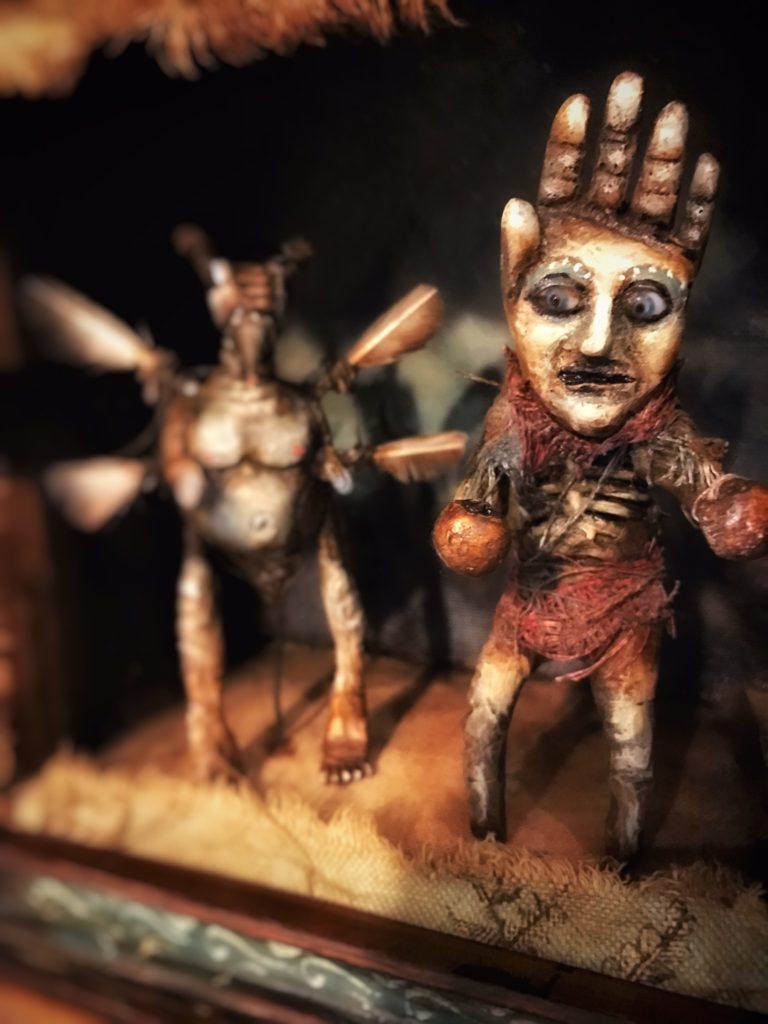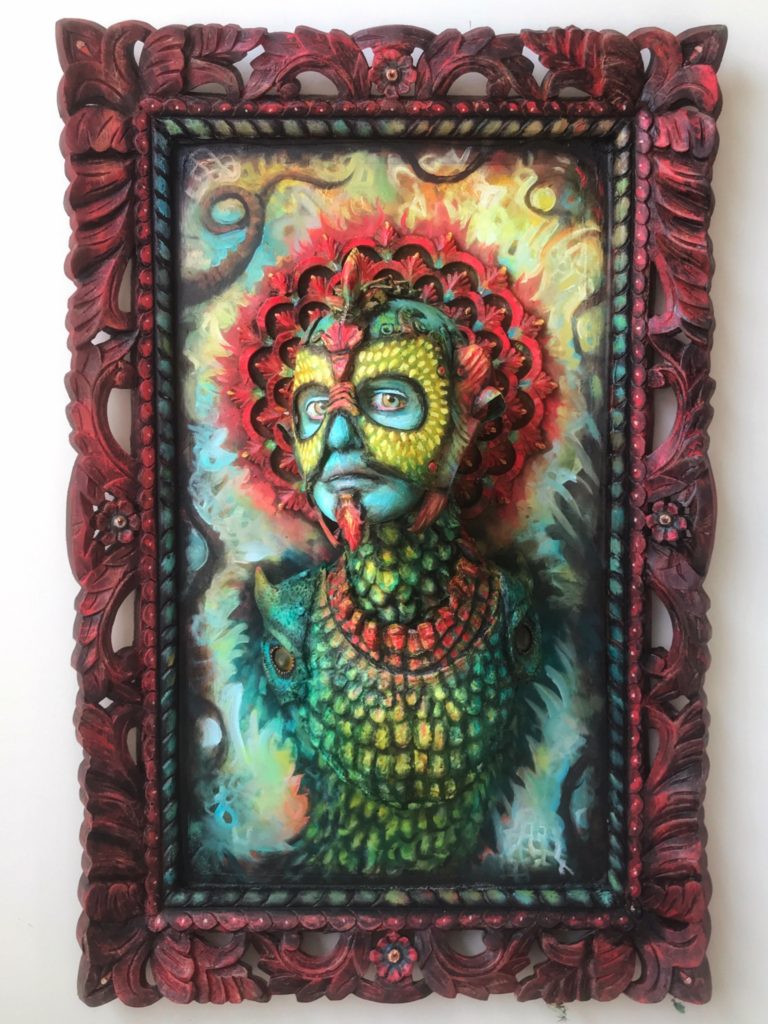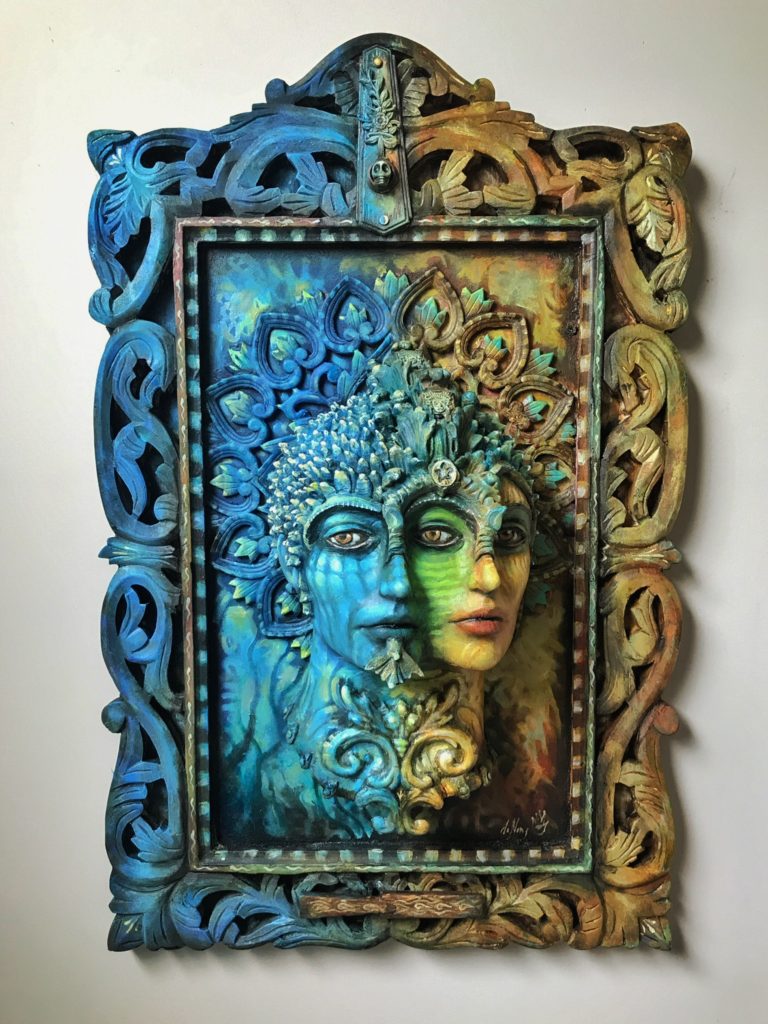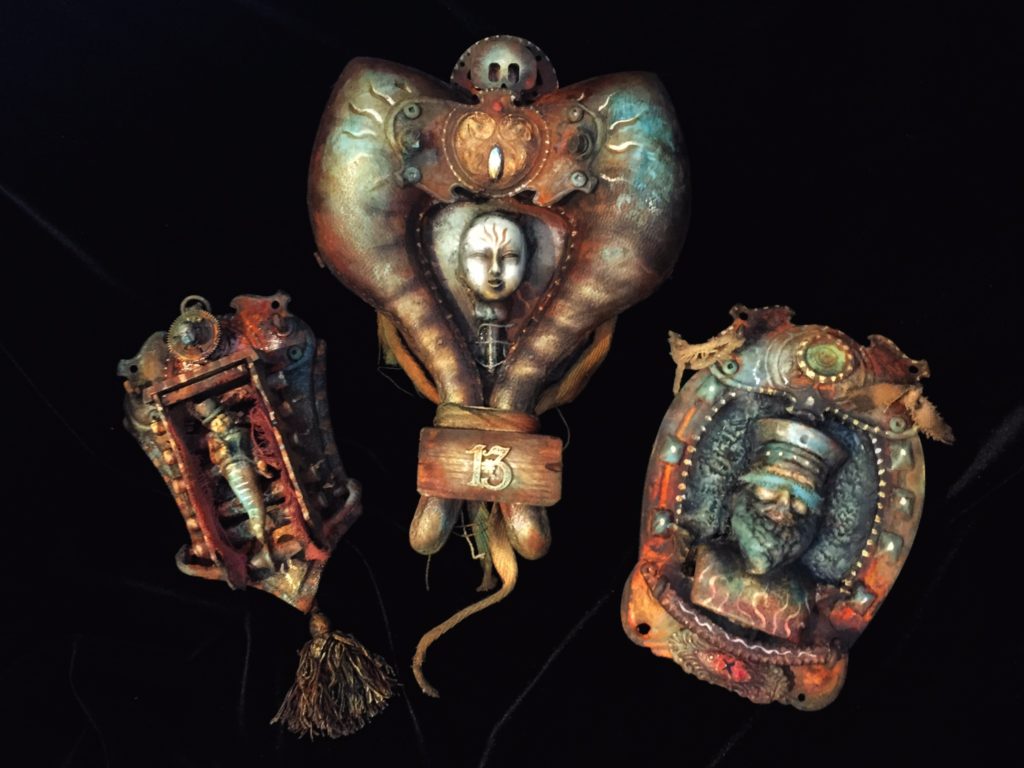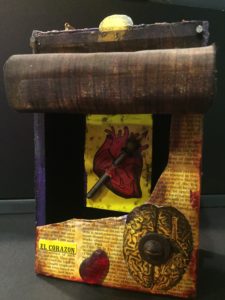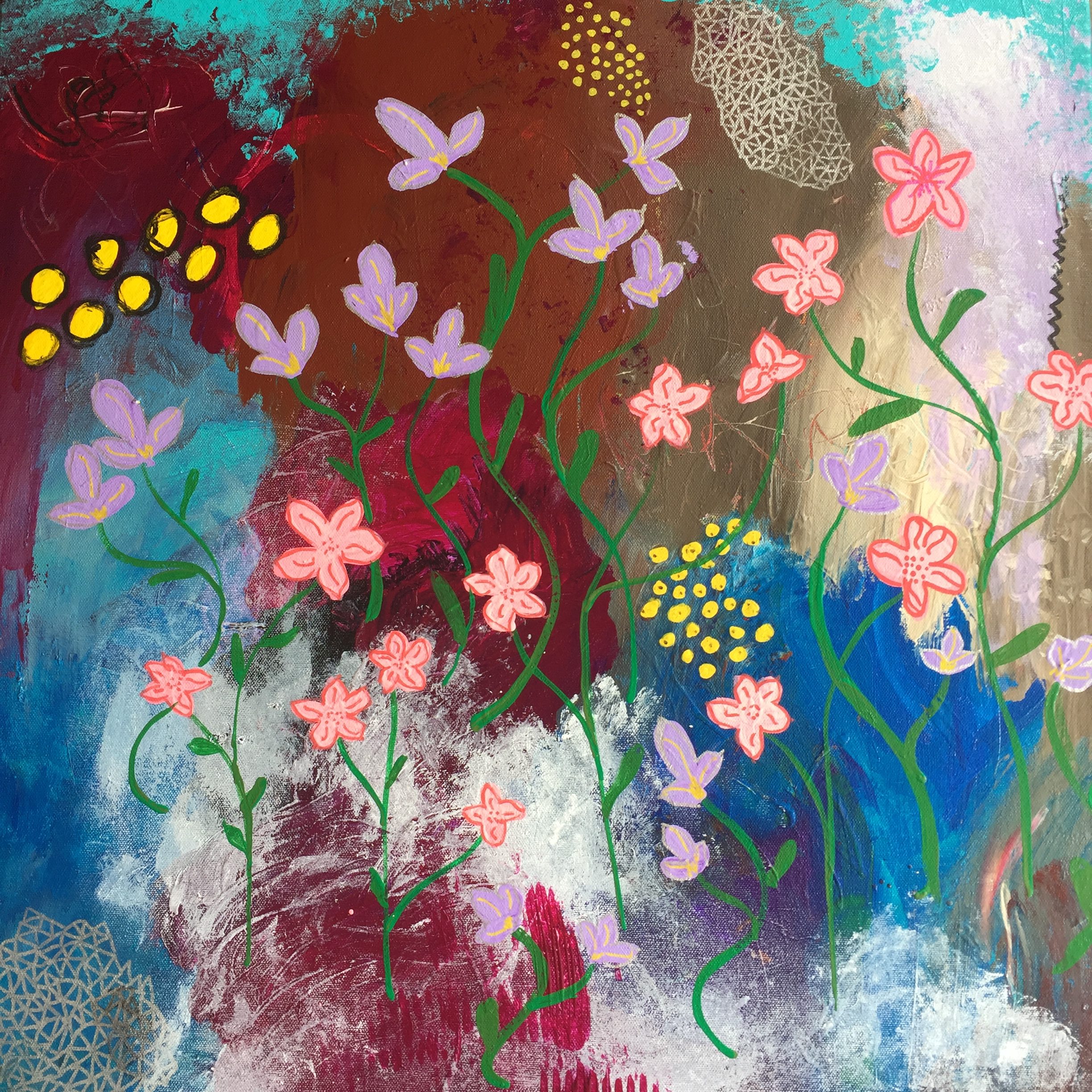#58 The World of Podcasts
In this episode I talk about what a podcast is, where you can find them, and how you can listen to them. I also give a few examples of podcasts I like to listen to, as well as a few art-related podcasts that I’ve found interesting.
Listen here or download from iTunes, Spotify, Google Play Music, CastBox, or Stitcher.
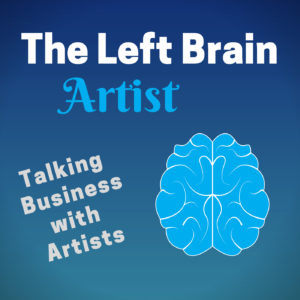
Here are a few links to some good art-related podcasts:
I interviewed artist Laura Horn in episode #57. She also has a podcast called Laura Horn Art. Her episodes are about how she manages different aspects of her business.
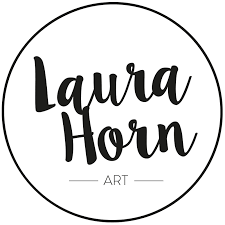
Danielle Krysa hosts the podcast The Jealous Curator: Art for Your Ear. She posts weekly interviews with artists. Danielle has also published a few books and they’re worth seeing here on her website.

Paul Blais is the host of The Potter’s Cast. He is a potter and has created this podcast to service the community of ceramic artists and potters by interviewing experts in that field and in business.
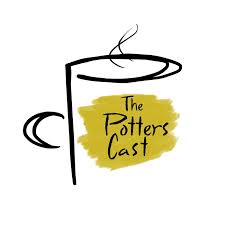
The Savvy Painter podcast helps you learn from other artists and get new ideas.
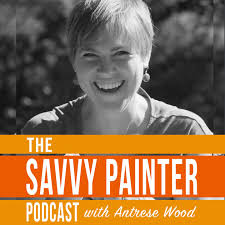
While She Naps by Abby Glassenberg is one of the first podcasts I started listening to. She interviews artists in the world of fiber arts.
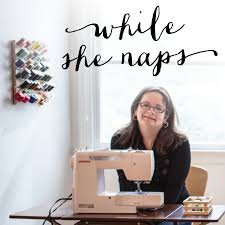
You can find many other podcasts through iTunes, Castbox, Spotify, Google Play, or Stitcher.


- Post category:Season 1/Show Notes
